
Hospital Bed Mattress Measurements Guide 2025: Sizing for Care

Picking the right hospital bed mattress is a bigger deal than most people realize. A mattress that is even a quarter-inch off can pose serious safety risks, according to the American Medical Association. Surprised? Most assume all hospital beds use the same size. Actually, bed and patient diversity turn sizing into a science that affects everything from comfort to infection control. The details might surprise you.
View all Hospital Bed Mattresses with 10% Discount Auto Applied. Also available in Bariatric sizes here.
Table of Contents
- Common Hospital Bed Mattress Sizes Explained
- How To Measure For A Hospital Bed Mattress
- Choosing The Right Mattress For Patient Needs
- Mattress Measurement Tips For Nursing Facilities
Quick Summary
| Takeaway | Explanation |
|---|---|
| Standard Hospital Bed Mattress Dimensions | The most common hospital bed mattress measures 36 inches in width and 80 inches in length, accommodating the majority of adult patients. Accurate sizing is crucial for patient comfort and medical support. |
| Specialized Mattress Sizes for Diverse Needs | Bariatric patients require larger mattresses (42 to 54 inches in width), while pediatric mattresses typically range from 24 to 36 inches in width and 60 to 75 inches in length to accommodate smaller body sizes. |
| Critical Patient Considerations | Mattress selection should factor in patient body type, medical equipment compatibility, and care setting requirements, as these elements directly impact patient safety and comfort. |
| Precise Measurement Techniques | Measure length, width, and thickness using a professional-grade tape measure, ensuring compatibility with the bed frame to prevent potential safety hazards. |
| Advanced Selection Factors | Consider patient mobility, weight distribution, and infection control capabilities when choosing a mattress, implementing technical innovations to enhance patient comfort and care efficiency. |
Common Hospital Bed Mattress Sizes Explained
Navigating the world of hospital bed mattress measurements requires precision and understanding. Medical facilities and home care settings depend on accurate sizing to ensure patient comfort, safety, and proper medical support. Hospital bed mattress measurements are not a one-size-fits-all solution but a carefully calibrated system designed to meet diverse patient needs.
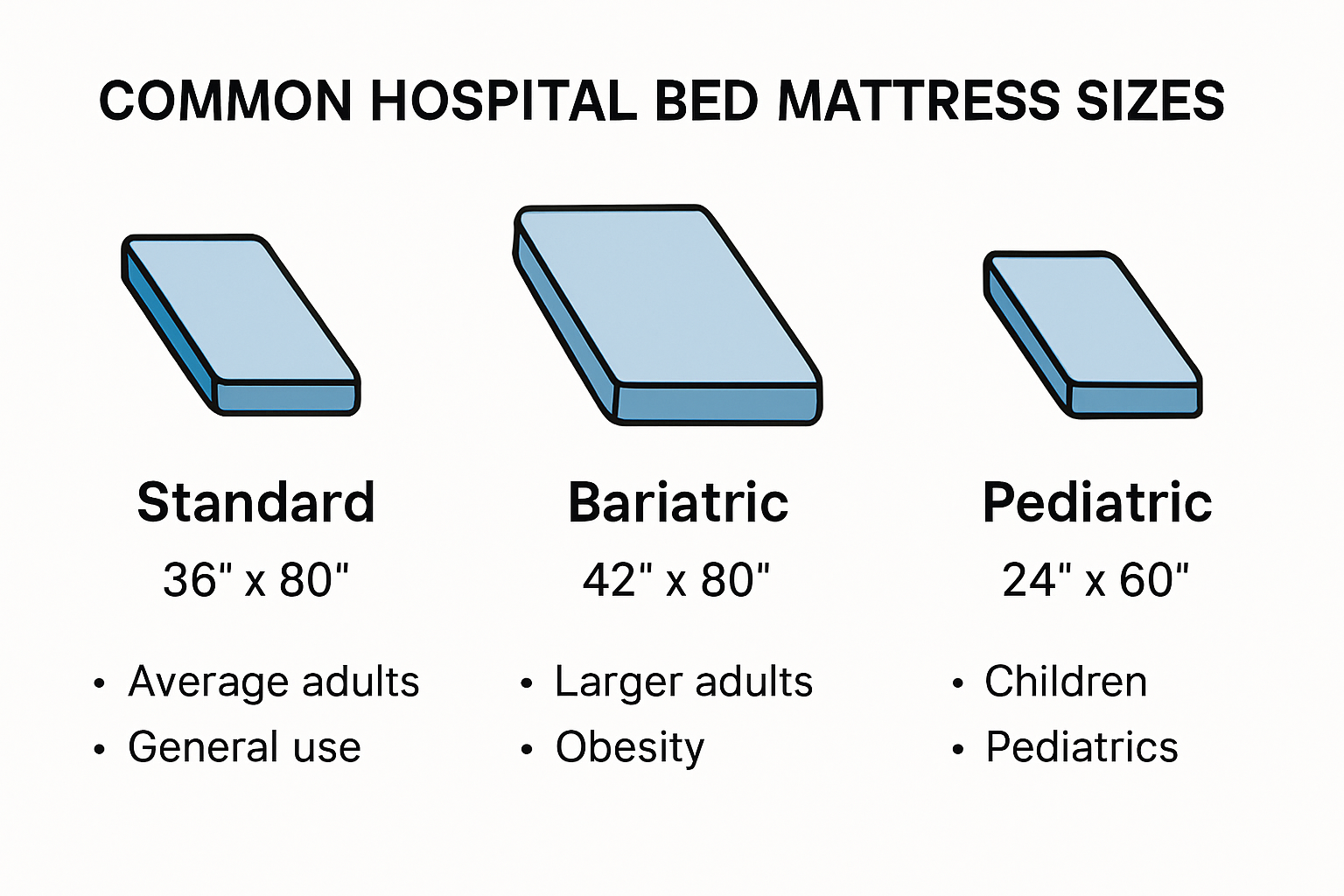
Standard Hospital Bed Mattress Dimensions
The most common hospital bed mattress follows a standard configuration that accommodates the majority of adult patients. These mattresses typically measure 36 inches in width and 80 inches in length, providing ample space for patient comfort and medical equipment positioning. The National Pressure Ulcer Advisory Panel recommends specific mattress dimensions to help prevent pressure injuries and support patient mobility.
Precision in mattress sizing goes beyond simple measurements. Healthcare professionals consider multiple factors when selecting the appropriate mattress, including patient weight, medical condition, and specific care requirements. The standard 36x80 inch mattress represents a baseline design that supports most adult patients while allowing medical staff to perform necessary care procedures effectively.
Specialized Mattress Size Variations
Patient diversity demands more than a single mattress size. Bariatric patients, for instance, require significantly different mattress dimensions. These specialized mattresses range from 42 to 54 inches in width, providing additional support and comfort for patients with higher weight requirements. The American Society of Bariatric Nurses emphasizes the critical importance of properly sized mattresses in preventing complications and ensuring patient dignity.
Pediatric settings present another unique sizing challenge. Children’s hospital bed mattresses are substantially smaller, typically measuring between 24 to 36 inches in width and 60 to 75 inches in length. These dimensions account for the smaller body size of pediatric patients while maintaining the same level of medical support and comfort found in adult mattresses.
Critical Considerations in Mattress Sizing
Selecting the right hospital bed mattress involves more than measuring tape and dimensions. The American Medical Association highlights that proper mattress sizing impacts patient outcomes, including pressure distribution, infection prevention, and overall comfort. Medical professionals must consider factors such as:
- Patient Body Type: Weight, height, and physical conditions determine ideal mattress dimensions
- Medical Equipment Compatibility: Mattress size must accommodate medical devices and patient care accessories
- Care Setting Requirements: Home care, hospital, and long-term care facilities have distinct mattress sizing needs
Understanding hospital bed mattress measurements is not just about numbers. It represents a critical intersection of patient care, medical science, and practical design. Whether supporting a recovering patient, managing chronic conditions, or providing specialized care, the right mattress size can significantly impact treatment effectiveness and patient comfort.
Medical professionals and caregivers must approach mattress selection with careful consideration, recognizing that each measurement represents an opportunity to enhance patient care and support.
How to Measure for a Hospital Bed Mattress
Accurate measurement of a hospital bed mattress is crucial for patient comfort, safety, and effective medical care. The process involves more than simply pulling out a tape measure. Medical professionals and caregivers must consider multiple dimensions and specific characteristics to ensure the perfect fit.
Precise Measurement Techniques
The FDA’s medical device guidance emphasizes the importance of precise measurements to prevent potential safety risks. When measuring a hospital bed mattress, you’ll need to capture three critical dimensions: length, width, and thickness. Start by using a professional-grade measuring tape that provides accurate readings to the nearest quarter-inch.
Length measurements should be taken from the head to the foot of the mattress, ensuring you capture the full extent of the sleeping surface. Width measurements require careful attention, particularly for specialized beds. The National Pressure Ulcer Advisory Panel recommends measuring the full width at multiple points to account for potential variations in mattress construction.

Understanding Bed Frame Compatibility
Mattress measurement goes beyond surface dimensions. Compatibility with the existing bed frame is paramount. The American Medical Association notes that even a quarter-inch discrepancy can create significant safety risks. Measure the interior dimensions of the bed frame carefully, accounting for any mounting brackets or support structures that might impact mattress placement.
Specialized considerations come into play for different patient needs. Bariatric patients require extra attention to sizing, with mattress widths potentially ranging from 42 to 54 inches. Pediatric and home care settings demand equally precise measurements to ensure proper fit and patient comfort.
Advanced Measurement Considerations
Beyond basic dimensions, several critical factors influence mattress selection. Medical research indicates that patient body mass index (BMI) plays a significant role in mattress sizing. For patients with a BMI up to 35 kg/m², standard 36-inch wide mattresses typically suffice. However, individuals with a BMI exceeding 45 kg/m² may require wider beds to ensure safe repositioning and comfort.
Professional measurement involves more than a simple tape measure. Consider these essential steps:
- Patient Assessment: Evaluate individual patient needs, including body type, medical conditions, and mobility requirements
- Frame Inspection: Carefully measure the bed frame’s interior dimensions, accounting for any structural nuances
- Thickness Verification: Measure mattress thickness, typically ranging from 5 to 8 inches for standard hospital beds
Technology now offers advanced measurement solutions. Some medical supply companies provide digital measurement tools and virtual sizing guides to ensure precise mattress selection. Always consult with healthcare professionals to confirm the most appropriate mattress dimensions for specific patient needs.
Measuring a hospital bed mattress is a critical process that combines technical precision with patient-centered care. Each measurement represents an opportunity to enhance patient comfort, safety, and overall medical support. Take the time to measure carefully, consult experts, and prioritize patient well-being in every sizing decision.
Choosing the Right Mattress for Patient Needs
Selecting an appropriate hospital bed mattress is a nuanced process that goes far beyond simple measurements. Patient safety, comfort, and medical requirements converge to create a complex decision-making landscape that demands careful consideration and expert understanding.
Medical Risk Assessment Factors
The International Guideline on Support Surfaces emphasizes that mattress selection must prioritize individual patient characteristics. Medical professionals must evaluate multiple risk factors, including patient mobility, weight distribution, and specific health conditions. For individuals at high risk of pressure injuries, specialized pressure redistribution foam mattresses become critical.
The PRESSURE 2 clinical trial recommends high-specification foam mattresses with a minimum depth of 150-200 mm. These mattresses should feature removable, two-way stretch covers that are vapor-permeable, ensuring both patient comfort and infection control. The mattress composition directly impacts patient outcomes, making each selection a potentially life-changing decision.
Specialized Mattress Types
Different medical conditions require unique mattress characteristics. Patients with limited mobility or those at high risk of pressure ulcers need mattresses with advanced pressure redistribution technologies. The FDA’s medical device guidance highlights the importance of selecting mattresses that minimize entrapment risks while providing optimal support.
Bariatric patients require mattresses with enhanced structural integrity and wider dimensions. These specialized mattresses must support higher weight capacities while maintaining patient comfort and preventing potential medical complications. Pediatric patients, conversely, need mattresses that accommodate their smaller body sizes while providing appropriate medical support.
Critical Selection Considerations
Mattress selection involves a comprehensive evaluation of multiple factors. Healthcare professionals must consider:
- Patient Weight Distribution: Ensure the mattress can effectively redistribute pressure
- Medical Condition Specifics: Match mattress characteristics to individual patient needs
- Infection Control Capabilities: Select materials that support hygiene and prevent bacterial growth
The American Medical Association recommends a holistic approach to mattress selection. This involves consulting with medical specialists, understanding patient-specific requirements, and staying updated on the latest medical support surface technologies.
Technology continues to revolutionize mattress design. Advanced materials like viscoelastic memory foam, alternating pressure systems, and microclimate management technologies are transforming patient care. These innovations provide unprecedented levels of comfort and medical support, allowing healthcare providers to customize mattress solutions like never before.
Ultimately, choosing the right hospital bed mattress represents a critical intersection of medical science, patient care, and technological innovation. Each selection is an opportunity to enhance patient comfort, prevent medical complications, and support the healing process. Medical professionals must approach this decision with the same precision and care they would apply to any other medical intervention.
To help compare common hospital bed mattress sizes for different patient groups, see the table below:
| Patient Type | Typical Mattress Width (inches) | Typical Mattress Length (inches) | Special Considerations |
|---|---|---|---|
| Adult (Standard) | 36 | 80 | Supports most adult patients |
| Bariatric | 42 – 54 | 80 – 88 | Higher weight capacity & reinforced |
| Pediatric | 24 – 36 | 60 – 75 | For smaller body size |
Mattress Measurement Tips for Nursing Facilities
Nursing facilities operate in a complex environment where precise medical equipment selection can significantly impact patient care and operational efficiency. Mattress measurement requires a systematic approach that goes beyond simple dimensional calculations and encompasses patient safety, care requirements, and institutional standards.
Standardization and Compliance Protocols
The S2k Guideline emphasizes the critical importance of adaptable hospital bed accessories that facilitate nursing care and patient comfort. Nursing facilities must develop comprehensive measurement protocols that account for multiple variables beyond basic mattress dimensions.
The FDA’s medical device guidance recommends systematic measurement approaches to reduce potential safety risks. This involves creating a standardized measurement checklist that nursing staff can consistently apply across different patient rooms and care units. Measurements should include not just length and width, but also mattress thickness, weight distribution capabilities, and compatibility with existing bed frames.
Advanced Measurement Considerations for Diverse Patient Needs
Nursing Research publications highlight the importance of accommodating patient body mass index (BMI) in mattress selection. Facilities must recognize that standard 36-inch wide mattresses may not suffice for all patients. For individuals with a BMI up to 35 kg/m², standard mattresses typically work well. However, patients with BMI exceeding 45 kg/m² require specialized mattresses with enhanced width and structural support.
Nursing facilities should implement a comprehensive assessment protocol that includes:
- Patient Body Composition Analysis: Evaluate individual patient dimensions and weight distribution
- Mobility Assessment: Determine specific repositioning and turning requirements
- Medical Condition Screening: Identify unique pressure relief and support needs
Systematic Measurement and Documentation Strategies
Effective mattress measurement in nursing facilities requires more than a tape measure. Develop a structured approach that includes digital documentation, precise measurement techniques, and ongoing assessment. Utilize professional-grade measurement tools that provide accuracy to the nearest quarter-inch, ensuring consistent and reliable results.
Technology now offers advanced solutions for mattress measurement and tracking. Digital measurement tools, 3D body scanning technologies, and comprehensive patient management systems can help nursing facilities streamline their mattress selection process. These technologies provide real-time data, support precise documentation, and enable quick adjustments to patient care requirements.
Training becomes a critical component of successful mattress measurement strategies. Nursing staff must receive comprehensive education on measurement protocols, understanding mattress specifications, and recognizing when specialized mattresses are required. Regular training sessions and skill assessments can help maintain high standards of patient care and equipment management.
Ultimately, mattress measurement in nursing facilities represents a complex intersection of medical science, patient care, and operational efficiency. Each measurement is an opportunity to enhance patient comfort, prevent potential medical complications, and support comprehensive healthcare delivery. Nursing facilities must approach this process with the same level of precision and care they apply to direct patient treatment.
Below is a checklist table summarizing essential mattress measurement steps for nursing facilities, based on the content above:
| Measurement Step | Description | Status (Complete/Needs Review) |
|---|---|---|
| Measure Length, Width, Thickness | Use professional-grade measuring tape for accuracy | |
| Inspect Bed Frame Dimensions | Account for brackets and mounting structures | |
| Document Mattress Compatibility | Ensure fit with accessories and devices | |
| Assess Patient Body Composition | Analyze patient size, BMI, and weight distribution | |
| Check Repositioning Requirements | Evaluate patient mobility and turning needs | |
| Verify Mattress Material/Features | Confirm meets infection control/pressure redistribution needs | |
| Maintain Digital Records | Utilize digital tools for documentation/tracking |
Frequently Asked Questions
What are the standard hospital bed mattress dimensions?
The most common hospital bed mattress measures 36 inches in width and 80 inches in length, suitable for most adult patients.
How do I measure for a hospital bed mattress?
To measure for a hospital bed mattress, use a professional-grade measuring tape to get the length, width, and thickness of the mattress, ensuring compatibility with the bed frame.
What specialized mattress sizes are available for bariatric and pediatric patients?
Bariatric mattresses typically range from 42 to 54 inches in width, while pediatric mattresses range from 24 to 36 inches in width and 60 to 75 inches in length to accommodate smaller body sizes.
Why is precise mattress sizing important in patient care?
Precise mattress sizing is crucial for patient safety and comfort, as even a quarter-inch discrepancy can lead to safety risks, pressure injuries, and hinder effective medical support.
Experience the Perfect Hospital Bed Mattress Fit with MedShop Direct
Choosing the right hospital bed mattress can be overwhelming. The article highlights how even a slight error in measurement can put patient safety and comfort at risk. Whether you care for someone at home or manage beds in a facility, you want reassurance that your mattress truly fits both the patient and the frame. MedShop Direct understands your concerns about accurate hospital bed mattress measurements, medical compatibility, and infection control. We specialize in mattresses that are designed to meet the exact standards discussed in the Hospital Bed Mattress Measurements Guide 2025: Sizing for Care.
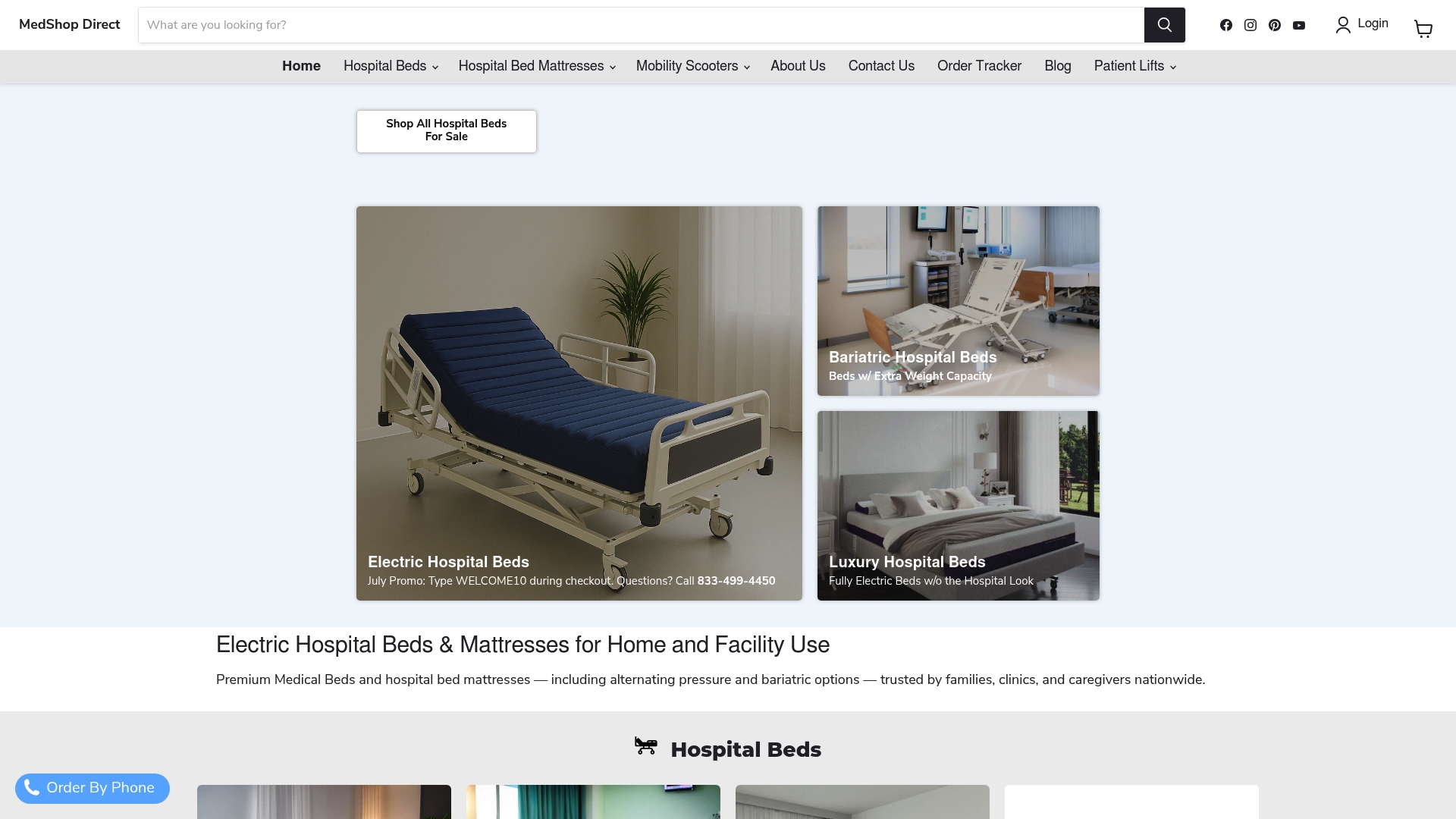
Enjoy the peace of mind that comes from shopping where expertise and customer care go hand in hand. With MedShop Direct, you get the latest technology in hospital beds, hospice beds, and advanced support surfaces. Browse our hospital bed mattresses or connect with our team for tailored recommendations. Secure the safest option for your loved ones or facility today. Visit our main site and find the precise mattress that matches your care requirements now.


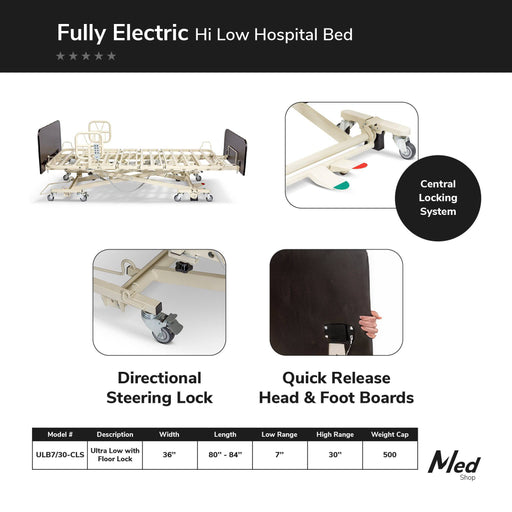
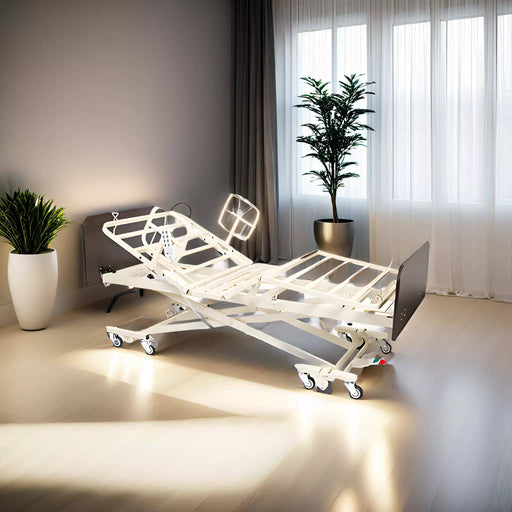
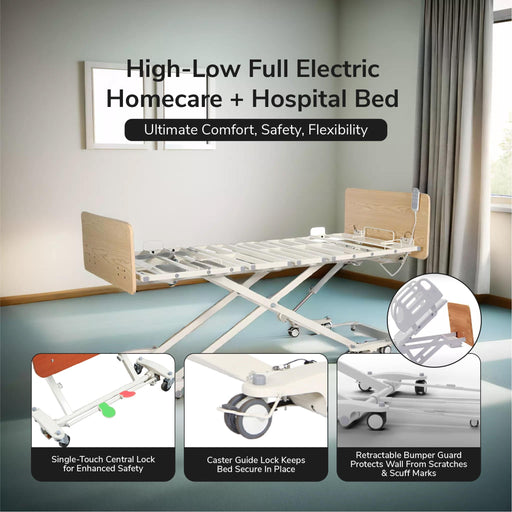
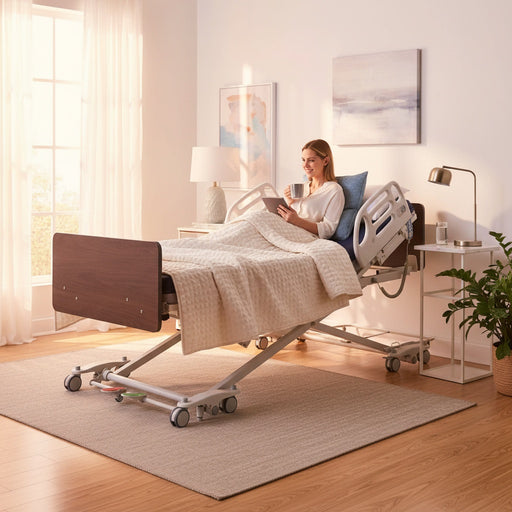


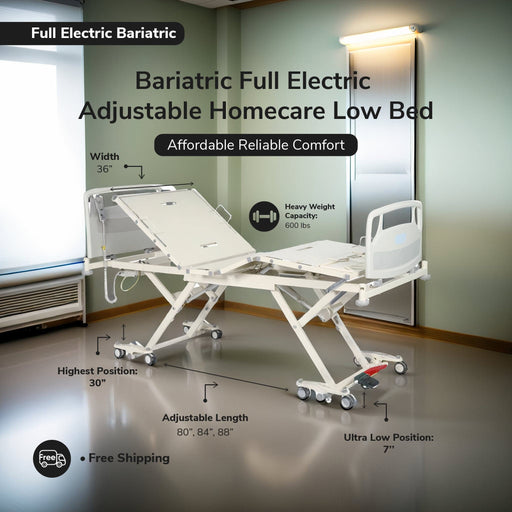
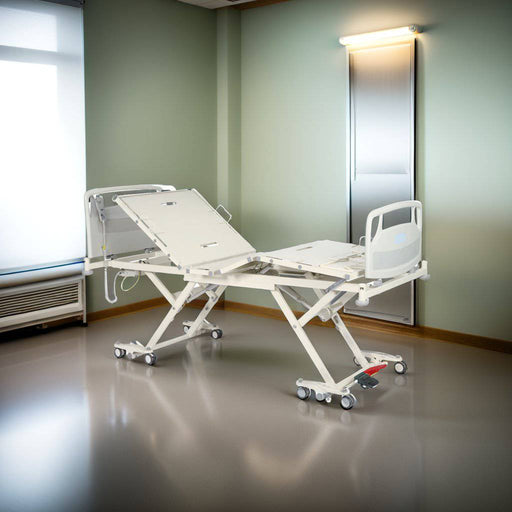
Leave a comment